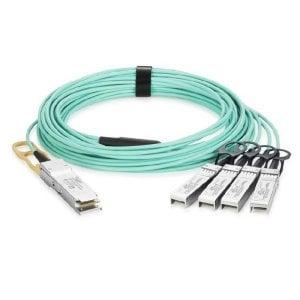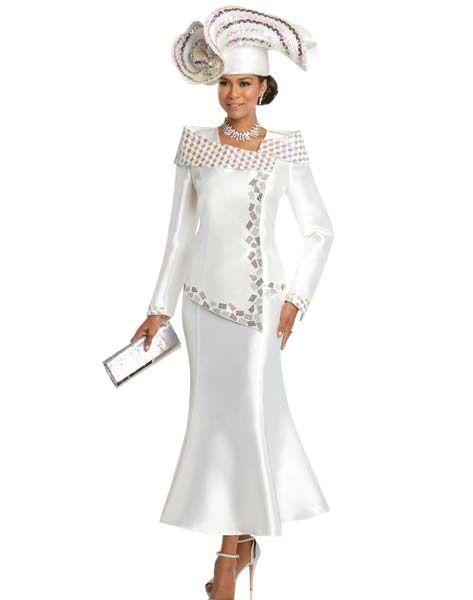How Can an Active Fiber Optic Cable Improve Connectivity?

In today’s fast-moving digital world, speed and reliability are more important than ever. From businesses running large data centers to families streaming movies at home, everyone depends on strong connections. This is where an active fiber optic cable comes into the picture. It’s more than just a wire—it’s a technology that changes how we share information, work, and stay entertained.
What Is an Active Fiber Optic Cable?
An active fiber optic cable, often called AOC, combines the power of fiber optics with small electronic components built inside. These electronics convert electrical signals into light and then back again, helping data move quickly and smoothly. Unlike simple passive cables, which only carry signals, active fiber optic cables enhance and manage them.
Think of it as the difference between a regular road and a high-speed highway. Both take you to your destination, but one gets you there much faster, with fewer bumps along the way.
Why Active Fiber Optic Cable Is Better Than Traditional Options
Technology has grown quickly, and so have our needs. Copper cables that once powered offices and homes are no longer enough for modern demands. Here’s why active fiber optic cables are now the better choice:
-
Super-Fast Speeds
Fiber uses light to transmit signals, which means it can handle a lot of data in less time. Whether it’s video calls, online gaming, or transferring big files, speed is never an issue. -
Works Over Long Distances
Copper cables lose strength as the distance increases. Active fiber optic cables, however, maintain their power, even over 100 meters, without losing quality. -
Lightweight and Easy to Use
These cables are slimmer and lighter, making them easier to install. This is especially helpful in places like data centers where space matters. -
No Interference
Active fiber optic cables are resistant to electromagnetic interference. That means no annoying disruptions from other devices nearby. -
Energy Friendly
Even with built-in electronics, these cables consume less power overall, which saves money and energy in the long run.
Common Uses of Active Fiber Optic Cable
The beauty of active fiber optic cable is its flexibility. It works in many areas of life and industry, including:
-
Data Centers: The backbone of the internet depends on fast, stable connections. Active fiber optic cables keep servers communicating without lag.
-
Home Entertainment: Watching 4K or 8K movies and playing video games becomes smooth and lag-free.
-
Offices: Businesses need strong networks for meetings, emails, and data sharing. Fiber makes it happen.
-
Healthcare: Hospitals use sensitive machines that rely on interference-free communication. These cables make sure data is accurate and reliable.
-
Media Production: Whether it’s live sports or television broadcasting, these cables ensure high-quality video and audio transfers.
Comparing Active Fiber Optic Cable with Copper Cables
To see how much of a leap forward fiber really is, let’s compare it to copper:
-
Speed: Fiber wins because light travels faster and carries more data than electricity.
-
Distance: Fiber maintains signal quality even over long distances, while copper quickly weakens.
-
Size: Fiber is thinner and lighter, easier to handle and manage.
-
Durability: Fiber resists interference and heat better than copper.
-
Cost: Copper is cheaper upfront, but fiber saves more over time thanks to its performance and reliability.
Everyday Benefits for People
It’s easy to focus only on the technical features, but the human impact is what matters most. Imagine a student attending online classes without buffering issues, or a gamer enjoying smooth performance without lag. A doctor in a hospital can rely on accurate readings because the machines are connected with zero interference. Families can enjoy family movie nights without pauses and interruptions.
Active fiber optic cable isn’t just a piece of technology—it’s a way to make everyday life easier and more enjoyable.
How to Pick the Right Active Fiber Optic Cable
Not all cables are created equal. Here are some tips to choose the one that works best for your needs:
-
Check Compatibility
Make sure the cable fits your device’s connection type, whether HDMI, USB, or DisplayPort. -
Choose the Right Length
One of the best features of fiber is long-distance capability, but you should still measure carefully to avoid extra slack. -
Match Bandwidth to Your Needs
Heavy tasks like video editing or live broadcasting may need higher bandwidth. -
Look at Build Quality
Strong connectors and durable design mean your cable will last longer and perform better. -
Set a Budget
While fiber costs more than copper, think of it as a long-term investment in better performance.
The Future of Connectivity with Active Fiber Optic Cable
As technology continues to evolve, our need for speed and reliability grows. Virtual reality, artificial intelligence, and smart cities all require strong networks. Active fiber optic cables are already preparing us for that future. They’re expected to become even faster, thinner, and more efficient over time.
We may soon see a world where massive files download in seconds, virtual meetings feel as real as face-to-face ones, and entertainment is seamless no matter how advanced it gets. Fiber cables will play a central role in making that future possible.
Final Thoughts
An active fiber optic cable is not just another product—it’s a step toward a better digital life. It delivers speed, stability, and ease of use that copper and other options can’t match. Whether you’re running a business, working from home, gaming, or managing healthcare equipment, this cable makes everything smoother and more reliable.
Making the switch means you’re not just keeping up with technology—you’re getting ahead of it. In a world where every second counts, choosing active fiber optic cable is one of the smartest moves you can make.







